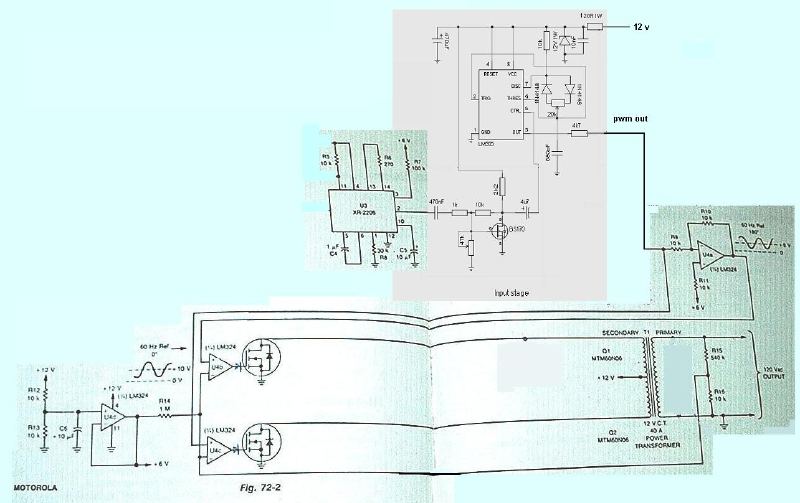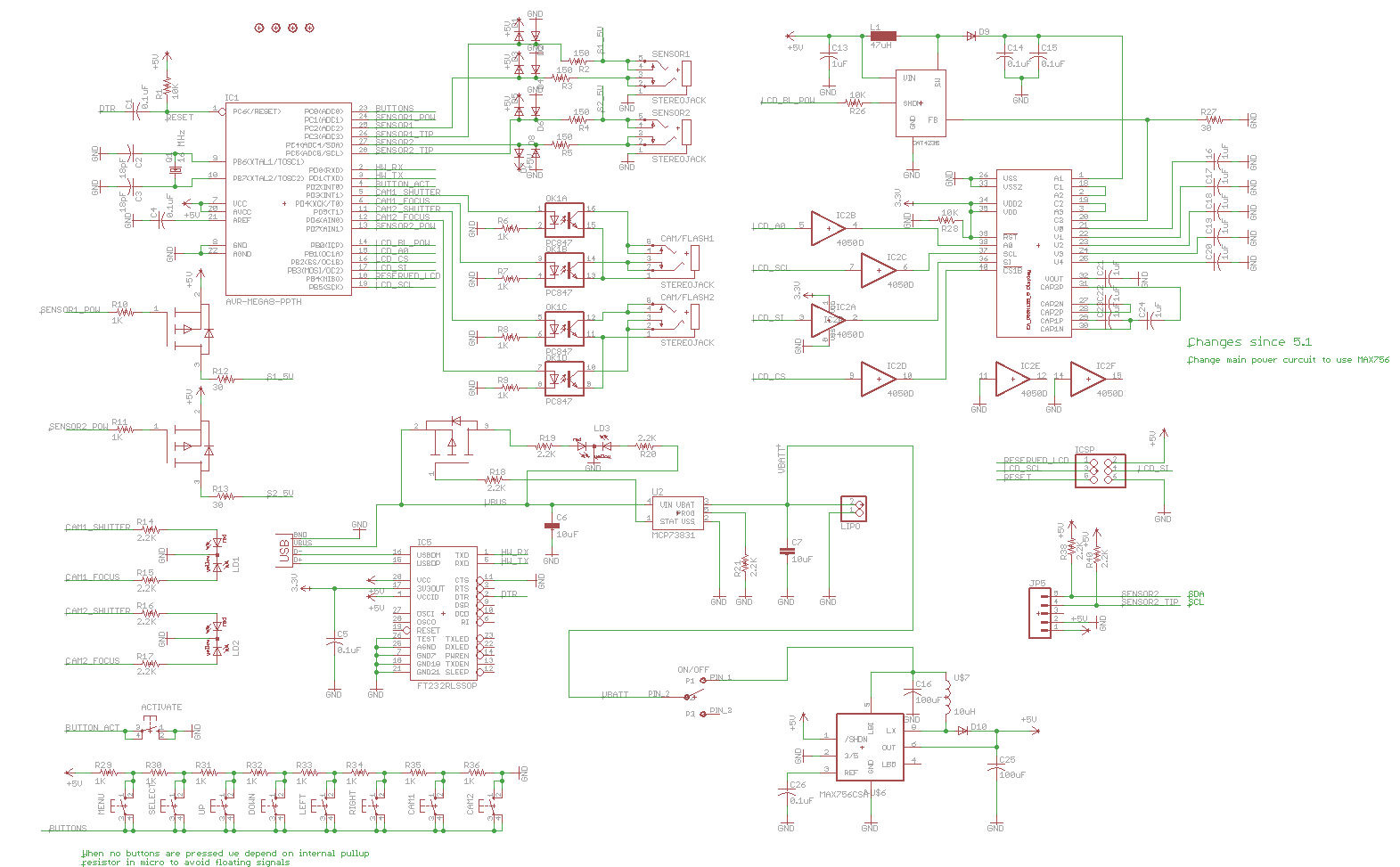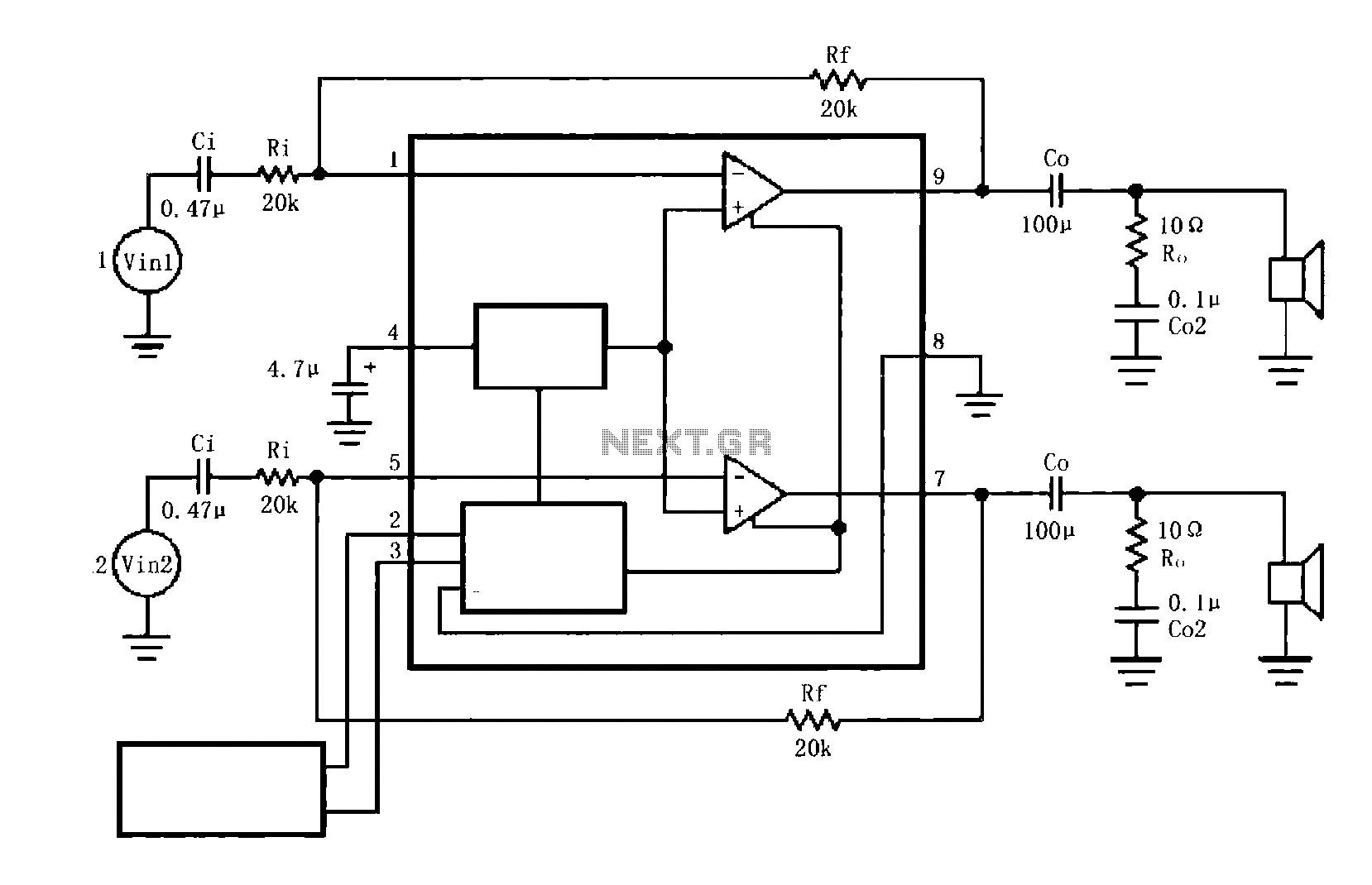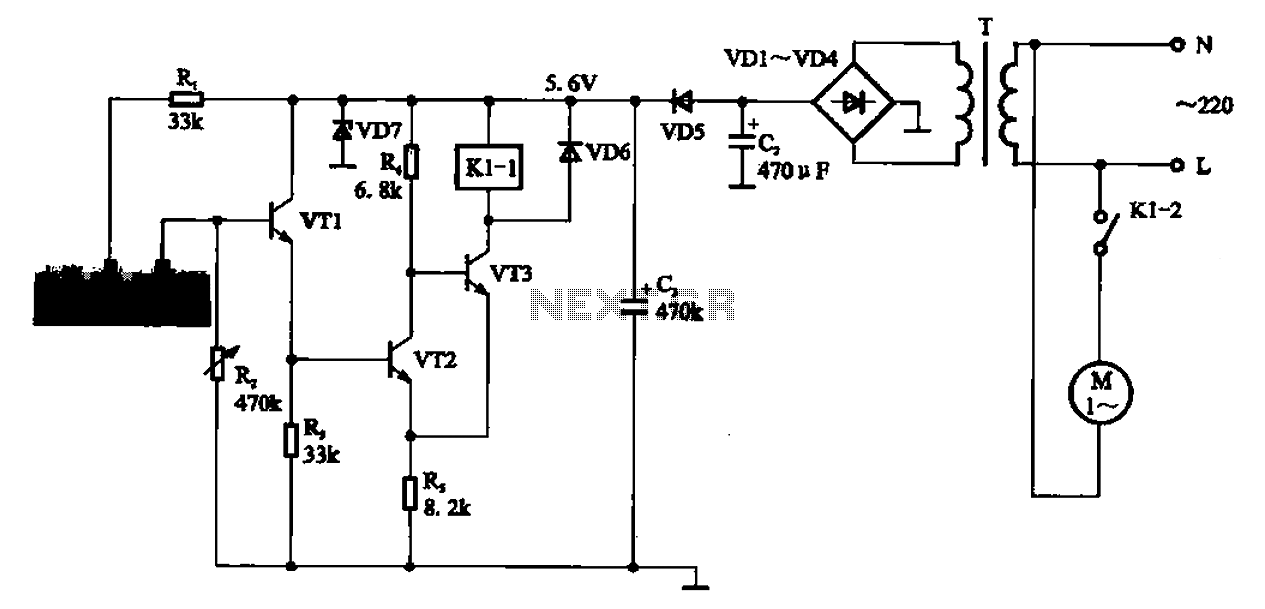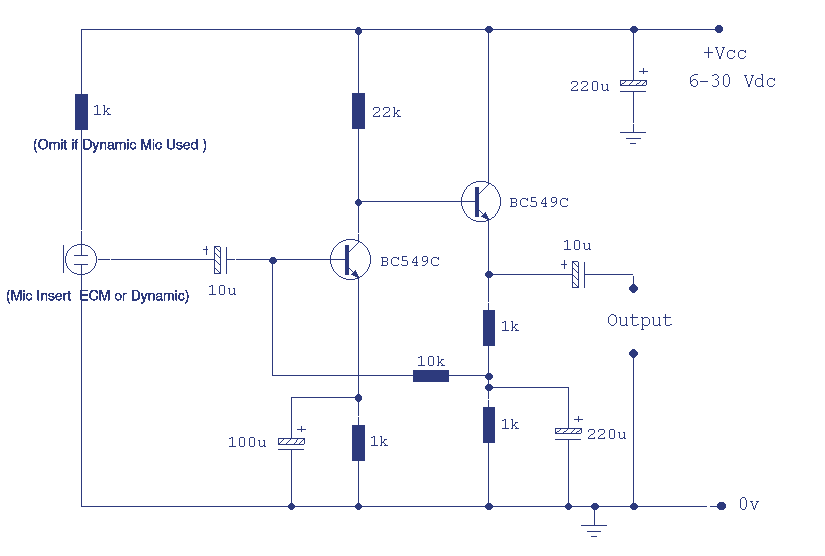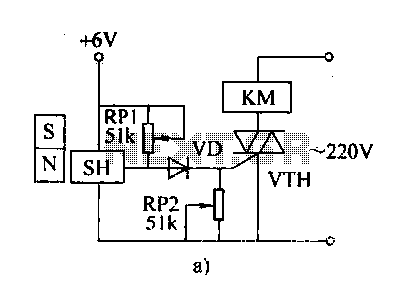
Variable 3 - 24 Volt / 3 Amp Power Supply circuit
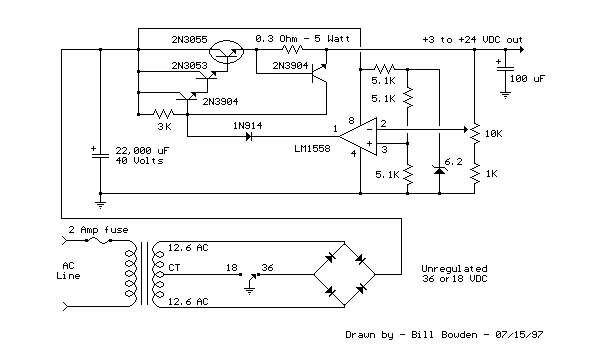
This regulated power supply can be adjusted from 3 to 25 volts and is current limited to 2 amps as shown, but may be increased to 3 amps or more by selecting a smaller current sense resistor (0.3 ohm). The 2N3055 and 2N3053 transistors should be mounted on suitable heat sinks, and the current sense resistor should be rated at 3 watts or more. Voltage regulation is controlled by 1/2 of a 1558 or 1458 op-amp.
This regulated power supply circuit is designed to provide a variable output voltage ranging from 3 to 25 volts while maintaining a current limit of 2 amps. The design allows for an increase in the current limit to 3 amps or higher by using a smaller current sense resistor, specifically a 0.3-ohm resistor. The choice of the 2N3055 and 2N3053 power transistors is critical, as these components are capable of handling the necessary power levels. It is essential to mount these transistors on appropriately sized heat sinks to prevent overheating during operation, ensuring reliable performance and longevity of the components.
The voltage regulation in this circuit is achieved through the use of an operational amplifier, specifically utilizing half of a 1558 or 1458 dual op-amp IC. This op-amp configuration provides feedback control, allowing for precise voltage adjustments and stability across the specified output range. The feedback loop is essential for maintaining the desired output voltage despite variations in load current or input voltage.
In addition to the main components, careful consideration should be given to the selection of the current sense resistor, which must have a power rating of at least 3 watts. This ensures that the resistor can handle the power dissipation without failure during operation. Proper layout and wiring practices should be followed to minimize noise and interference, which can affect the accuracy of the voltage regulation.
Overall, this power supply circuit is versatile and suitable for a wide range of applications, including powering electronic devices, testing circuits, and providing a stable voltage source for various projects.This regulated power supply can be adjusted from 3 to 25 volts and is current limited to 2 amps as shown, but may be increased to 3 amps or more by selecting a smaller current sense resistor (0.3 ohm). The 2N3055 and 2N3053 transistors should be mounted on suitable heat sinks and the current sense resistor should be rated at 3 watts or more.
Voltage regulation is controlled by 1/2 of a 1558 or 1458 op-amp.. 🔗 External reference
This regulated power supply circuit is designed to provide a variable output voltage ranging from 3 to 25 volts while maintaining a current limit of 2 amps. The design allows for an increase in the current limit to 3 amps or higher by using a smaller current sense resistor, specifically a 0.3-ohm resistor. The choice of the 2N3055 and 2N3053 power transistors is critical, as these components are capable of handling the necessary power levels. It is essential to mount these transistors on appropriately sized heat sinks to prevent overheating during operation, ensuring reliable performance and longevity of the components.
The voltage regulation in this circuit is achieved through the use of an operational amplifier, specifically utilizing half of a 1558 or 1458 dual op-amp IC. This op-amp configuration provides feedback control, allowing for precise voltage adjustments and stability across the specified output range. The feedback loop is essential for maintaining the desired output voltage despite variations in load current or input voltage.
In addition to the main components, careful consideration should be given to the selection of the current sense resistor, which must have a power rating of at least 3 watts. This ensures that the resistor can handle the power dissipation without failure during operation. Proper layout and wiring practices should be followed to minimize noise and interference, which can affect the accuracy of the voltage regulation.
Overall, this power supply circuit is versatile and suitable for a wide range of applications, including powering electronic devices, testing circuits, and providing a stable voltage source for various projects.This regulated power supply can be adjusted from 3 to 25 volts and is current limited to 2 amps as shown, but may be increased to 3 amps or more by selecting a smaller current sense resistor (0.3 ohm). The 2N3055 and 2N3053 transistors should be mounted on suitable heat sinks and the current sense resistor should be rated at 3 watts or more.
Voltage regulation is controlled by 1/2 of a 1558 or 1458 op-amp.. 🔗 External reference
